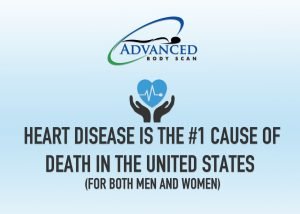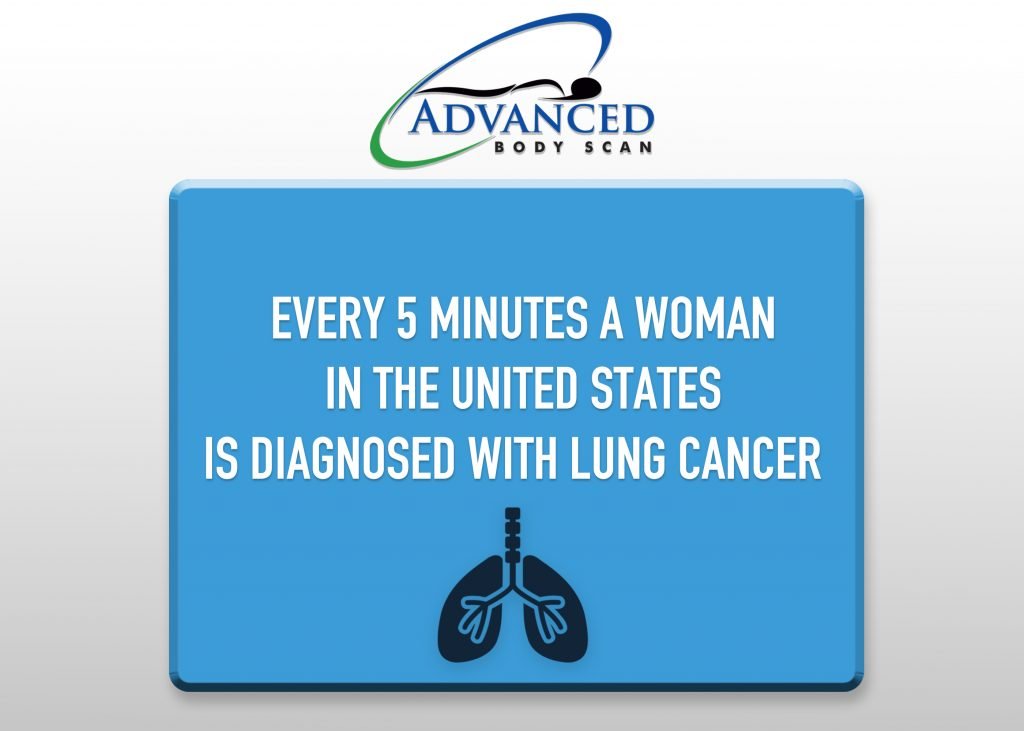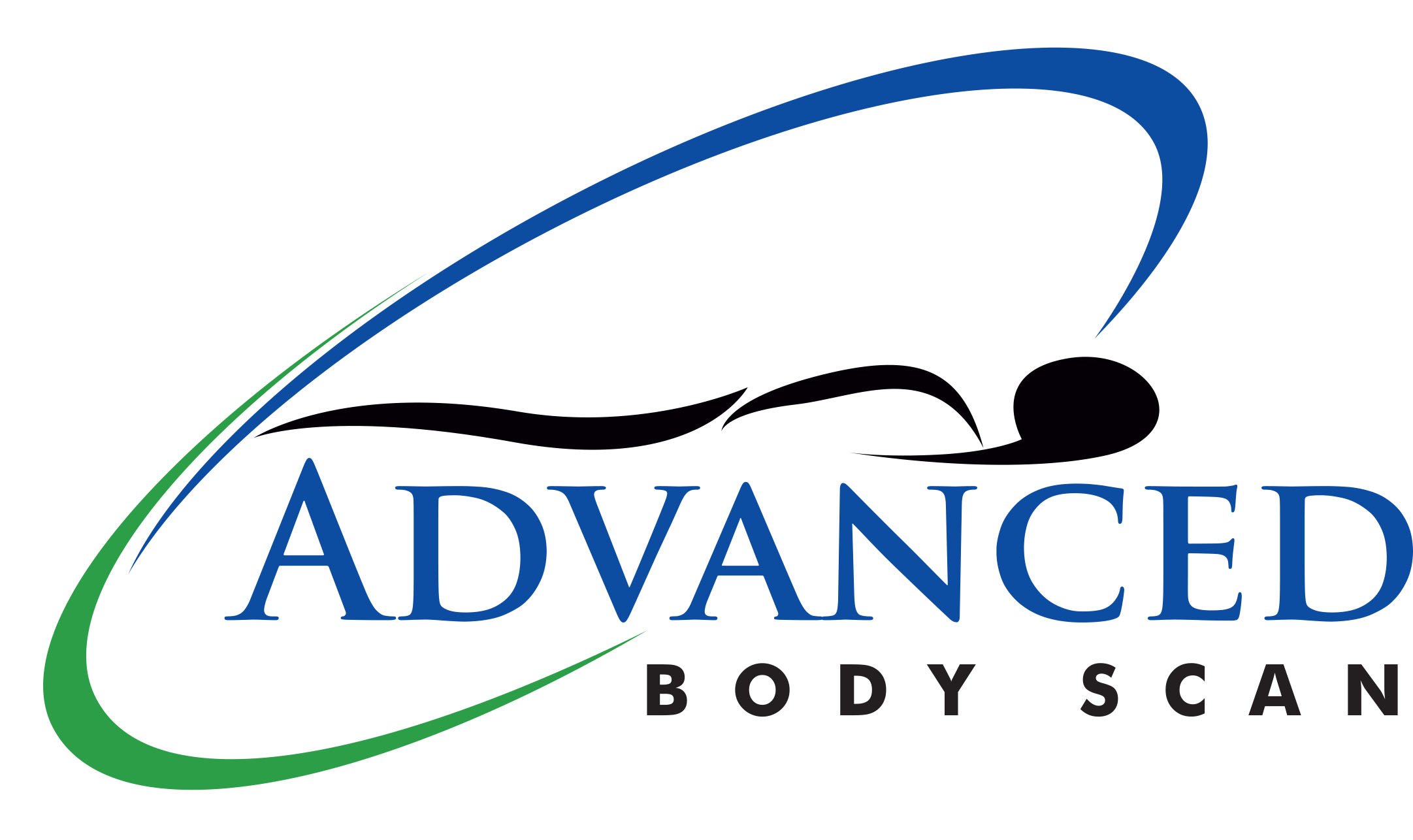While health issues such as heart disease and cancer can affect both men and women, the symptoms, characteristics, and types these diseases can greatly differ.
Be sure you are aware of your risks, it could help save your life!
- Heart Disease
- Breast-Cancer
- Colon Cancer
- Endometrial Cancer
- Lung Cancer
- Cervical Cancer
- Skin Cancer
- Ovarian Cancer
Heart Disease
Cardiovascular Disease in Women
Diseases of the heart such as coronary artery disease and stroke are the number one killer in the United States, with heart attack being at the top of the list. When you think of heart attack symptoms you think of chest pain and tingling in your left arm, but there are many mor e symptoms than what we have been taught. Over time doctors and scientists have learned that heart-attack symptoms aren’t always what you see in the movies or on TV, and could vary depending on if you’re a man or a woman.


If you’re aware of these symptoms you have a better chance of catching it before it turns into something deadly.
Early symptoms for everyone can include:
- Mild pain or discomfort in your chest that could come and go
- Pain in your shoulders, jaw, and neck
- Sweating
- Nausea or vomiting
- Lightheadedness
- Breathlessness
- Anxiety or confusion
A 2003 study in the Journal Circulation discovered that of 515 women who had experienced a heart attack nearly 80 percent reported experiencing at least one of these symptoms for more than a month before their heart attack.
Symptoms of a heart attack in women include:
- Sudden severe fatigue
- Sleep disturbances
- Anxiety
- Lightheadedness
- Shortness of breath
- Indigestion
- Upper back, shoulder, or throat pain
- Pain that spreads up to your jaw
- Pressure or pain in the center of your chest which may spread to your arm

Heart disease in women and heart failure is generally found later in life than men, usually after age 55 while men can suffer as early as 45. The chance of this occurring is greater if they have a family history of heart disease, high blood pressure, a history of tobacco use, or high cholesterol.
Cancer in Women
Some of the cancers that most often affect women are breast, colon, endometrial, ovarian, cervical, skin, and lung cancers. By knowing the signs, symptoms, and contributions to these diseases can help you detect them at early stages.
Breast Cancer
Aside from skin cancer, breast cancer is the most common cancer that women may face in their lifetime. This disease can strike at any age, however, the risk increases the older you get and, due to certain factors, some women may have a greater chance of having breast cancer than others. Every woman should know their risk of breast cancer and how to check themselves.
- 40 – 44 women have the choice to start annual breast cancer screening with mammograms
- 45 – 54 should get a mammogram every year
- 55 and older should get a mammogram every 2 years or continue yearly screening
Women should also be familiar with how their breasts normally look and feel and report any changes to a health care provider right away.
Some women are at high risk for breast cancer if they have a family history or a genetic tendency should be screened with MRIs along with mammograms. Talk with a health care provider about your risk for breast cancer and the best screening plan for you.
Colon Cancer
Women with a personal or family history of colon cancer, have polyps in their colon or rectum, or have inflammatory bowel disease are more likely to have colon cancer. Also, being overweight, eating a diet mostly of high-fat foods, smoking, and being inactive can make a person more likely to have this cancer.
Colon cancer almost always starts with a polyp (a small growth on the lining of the colon or rectum). Early testing can find polyps before they become cancer. If pre-cancerous polyps are removed, colon cancer can be prevented.
For those at low to average risk, the American Cancer Society recommends starting regular screening at age 45. Women older than 75 should talk with their health care provider about whether continuing screening is right for them. The recommended screenings are as follows, you can choose which you prefer with the help of your provider:
- Colonoscopy every 10 years
- CT colonography (virtual colonoscopy) every 5 years
- Flexible sigmoidoscopy every 5 years
Endometrial Cancer
Endometrial cancer is cancer of the lining of the uterus which occurs most often in women age 55 and older. This can be caused by taking estrogen without progesterone and taking tamoxifen for breast cancer treatment or to lower breast cancer risk.
Having an early onset of menstrual periods, late menopause, a history of infertility, or not having children can also increase this risk. Women with a personal or family history of hereditary non-polyposis colon cancer (HNPCC) or polycystic ovary syndrome (PCOS) or those who are obese are also more likely to have endometrial cancer.
At the time of menopause, your doctor should discuss your risks. The Pap test can find cancer of the cervix, but it is not a test for endometrial cancer. Watch for symptoms, such as unusual spotting or bleeding not related to menstrual periods, and report these to a health care provider.
Lung Cancer
At least 8 out of 10 lung cancer deaths are thought to result from smoking. But people who don’t smoke can also have lung cancer. If you are a current or former smoker age 55 to 74 years and in fairly good health, you might benefit from screening for lung cancer with a yearly low-dose CT scan (LDCT).
The American Cancer Society recommends screening for certain people at higher risk for lung cancer. Talk to a health care provider about your risk of lung cancer, and about the possible benefits, limits, and harms of getting tested for early lung cancer.


Cervical Cancer
Cervical cancer can affect any woman who is or has been sexually active. It occurs in women who have had the human papillomavirus (HPV). Cervical cancer is also more likely in women who smoke, have HIV or AIDS, have poor nutrition, and who do not get regular Pap tests.
A Pap test can find changes in the cervix that can be treated before they become cancer. The American Cancer Society recommends the following:
- Cervical cancer testing should start at age 21.
- Women between ages 21 and 29 should have a Pap test done every 3 years.
- Women between the ages of 30 and 65 should have a Pap test plus an HPV test done every 5 years. Women over age 65 who have had regular cervical cancer testing in the past 10 years with normal results should not be tested for cervical cancer.
- A woman who has had a total hysterectomy for reasons not related to cervical cancer and who has no history of cervical cancer or serious pre-cancer should not be tested.
- A woman who has been vaccinated against HPV should still follow the screening recommendations for her age group.
Some women, because of their history, may need to be tested more often. They should talk to a health care provider about their history.
Skin Cancer
Anyone who spends time in the sun can get skin cancer. Women with fair skin, especially those with blond or red hair, are more likely to get skin cancer than those with darker coloring. Women who have had a close family member with melanoma and those who had bad sunburns as children are more likely to get skin cancer.
Most skin cancers can be prevented by limiting exposure to ultraviolet (UV) rays from the sun and other sources like tanning beds. When outside, try to stay in the shade, especially during the middle of the day.
If you’re going to be in the sun, wear hats with brims, long-sleeve shirts, sunglasses, and use broad-spectrum sunscreen with an SPF of 30 or higher on all exposed skin. If you have children, protect them from the sun and don’t let them get sunburned. Do not use tanning beds or lamps.
Be aware of all moles and spots on your skin, and report any changes to a health care provider right away. Have a skin exam done during your regular health check-ups.
Ovarian Cancer
Ovarian cancer is more likely to occur as women get older. The risk for this disease is greater in women who have never had children, have unexplained infertility, had their first child after age 30, or who have used estrogen alone as hormone replacement therapy. Women with a personal or family history of hereditary non-polyposis colon cancer (HNPCC), ovarian cancer, or breast cancer are also more likely to have this disease. However, women who don’t have any of these conditions can still get ovarian cancer.
At this time, there are no good tests for finding ovarian cancer early. You should see a health care provider right away if you have any of these symptoms for more than a few weeks:
- Abdominal (belly) swelling
- Digestive problems (including gas, loss of appetite, and bloating)
- Abdominal or pelvic pain
- Feeling like you need to urinate (pee) all the time
Many diseases cannot be prevented, but you can take control of YOUR health by living a healthy lifestyle.
- Stay away from tobacco.
- Maintain a healthy weight
- Continue to be physical activity
- Eat healthy with plenty of fruits and vegetables
- Limit alcohol intake
- Protect your skin
- Know yourself, your family history, and your risks
- Get regular check-ups and cancer screening tests
At Advanced Body Scan, we believe that preventive screening is one of your best defenses against deadly diseases. While we do not offer screening for all of these illnesses, we can assist you with screening for heart disease, various cancers, and virtual colonoscopies.
We encourage you to stay proactive in all areas of your health and consult with your health provider any of your concerns. Although helpful, having only one screening during your life is not the most accurate way to give you peace of mind. From experience, we have discovered that your most important scan is your next scan and having a regular annual screening could save your life. Schedule your screening today.

